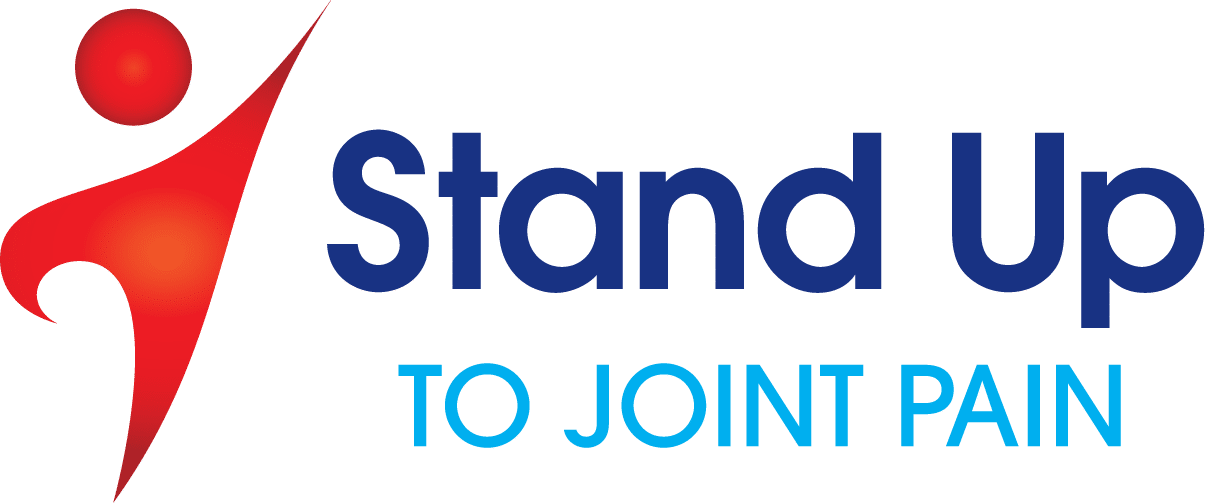Aim
To help strengthen the muscles needed to make going up and down stairs easier and to reduce knee pain.
Introduction
Pain going up or down stairs is a common symptom of osteoarthritis and it tends to get worse as muscles supporting and stabilising the knee waste and become weaker.
The good news is that the pain experienced going up and down stairs can be significantly improved with the right conservative management, including weight management and muscle strengthening.
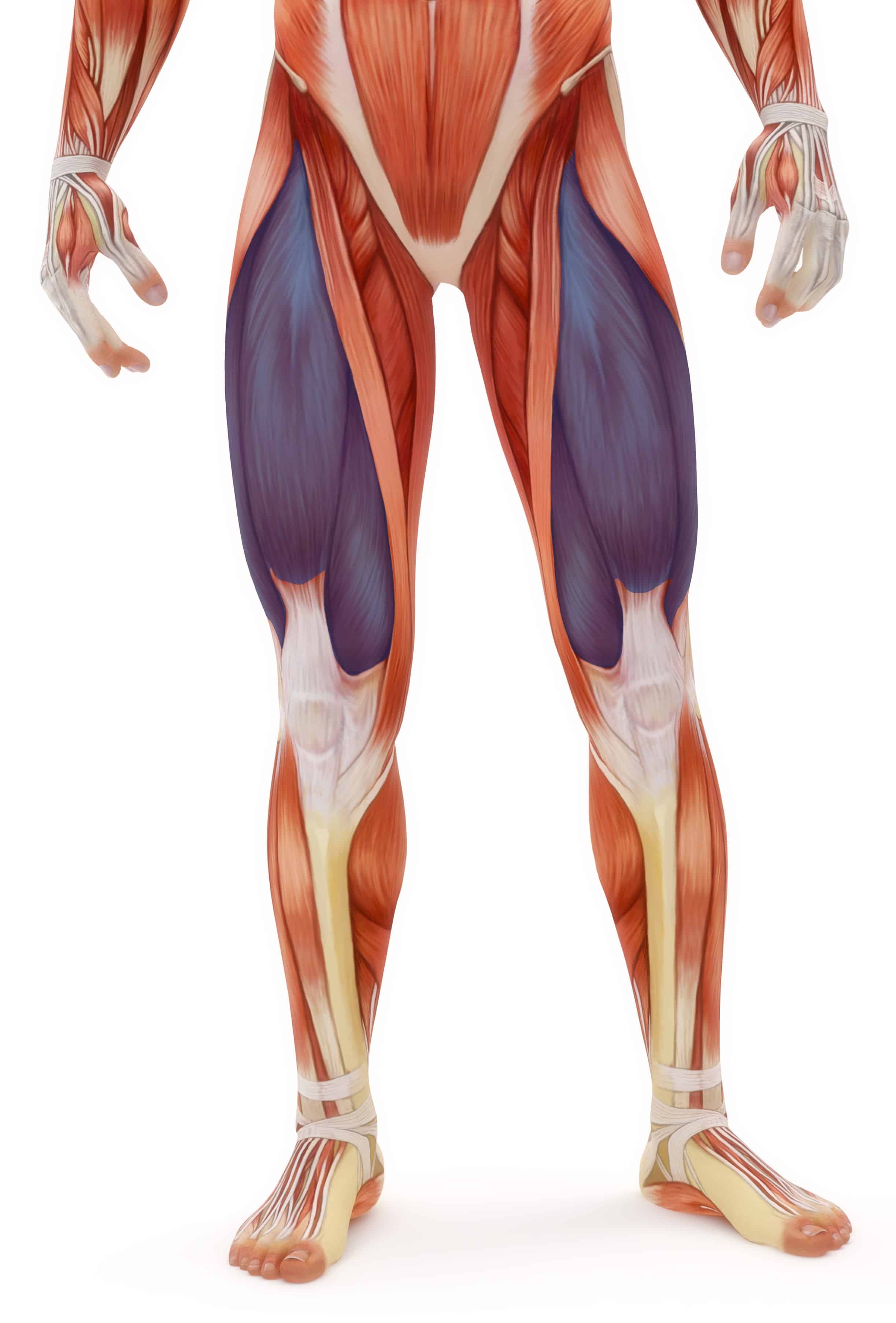

Factors contributing to knee pain going up or down stairs
When you go up stairs you need to have strong quadriceps (muscles in front of the thigh) to contract and carry your body weight up to the next step. You also need to have strong gluteal muscles (buttocks) to keep the body straight as you come up onto the step.
If you have tight hamstring muscles (muscles at the back of the thigh) it is difficult to fully straighten your knee as you bring the lower leg up onto the step.
Going down stairs you rely on the strength of the quadriceps of the "remaining" leg to take the full weight as you lower the other leg to the next step.
Going up and down stairs exercises
The following exercises have been specifically grouped to help strengthen the quadriceps and gluteal muscles, and stretch the hamstring muscles to make it easier and less painful to go up and down stairs.

Knee extension over towel (view video)
The aim of this exercise is to strengthen your front thigh muscles - your quads. Strong quadriceps enable you to climb stairs well, stand up from a chair, and walk independently.
(Book reference Level 1 exercise 7)
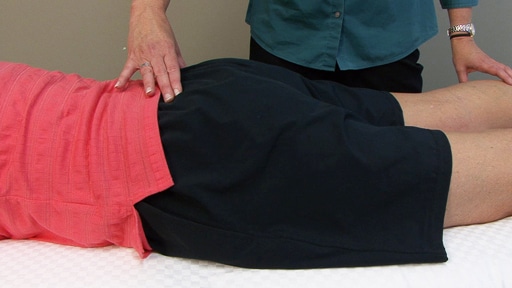
Prone (lying) buttock squeeze (view video)
The aim of this exercise is to activate your gluteal muscles (your buttocks) and to stretch your hip flexors.
(Book reference Level 1 exercise 8)
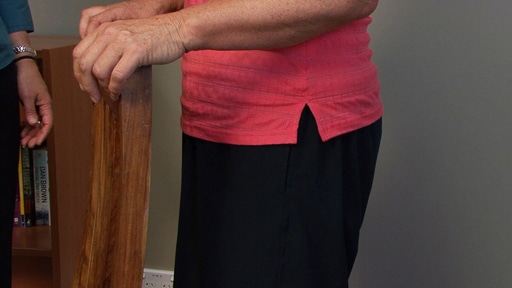
Standing buttock squeeze (view video)
The aim of this exercise is to activate your gluteal muscles (your buttocks) and to stretch your hip flexors.
(Book reference Level 1 exercise 8b)

Mini chair squats (view video)
The aim of this exercise is to strengthen the gluteal muscles, or your buttocks, and to strengthen the quad, or front of thigh, muscles.
(Book reference Level 2 exercise 4)
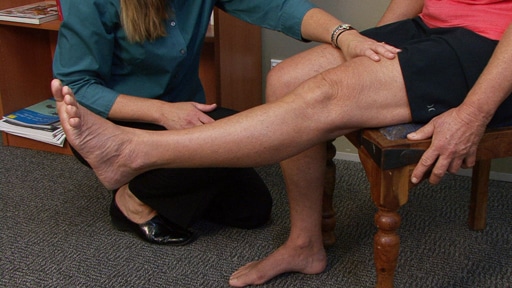
Knee extension in sitting (view video)
The aim of this exercise is to strengthen the quads (front of thighs) muscles.
(Book reference Level 2 exercise 4b)

Standing hamstring muscle stretch (view video)
The aim of this exercise is to stretch your hamstring or back thigh muscles.
(Book reference Level 3 exercise 15)
Short term management strategies and tips
- 'Good leg up' and 'bad leg down' - when ascending stairs take your good leg up first, and when descending take bad leg down first.
- Use a rail if possible when going up or down stairs. You may need to use a walking stick in the other hand for more support. The walking stick moves with the bad leg remaining with it as the good leg goes up and going down with the bad leg as it goes down.
- Wear well fitting supporting shoes.
Safety considerations
- Suggested repetitions are a guide only.
- If needed, do fewer or break the repetitions into smaller sets with a short rest in between.
- Aim to build up (over a few weeks) to doing strengthening exercise daily.
- Mild discomfort could be expected when commencing new exercises but no lasting increase in pain.
- Do not continue exercising with increasing pain or pain that is moderate to severe.
- Performing exercises too fast often reduces their effectiveness - don't be in a rush to finish, and only exercise within your physical capabilities.
